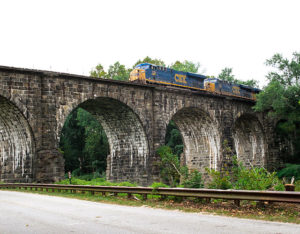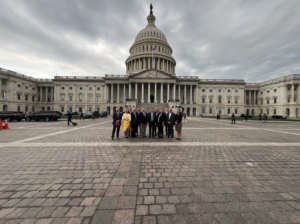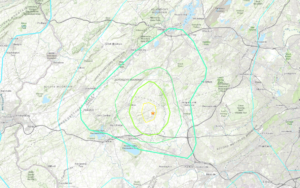WSP Releases Seismic-Resilient Tunnel Engineering Q&A
Written by Jennifer McLawhorn, Managing Editor
AUCKLAND, NZ – WSP releases Q&A on seismic-resilient tunnel engineering and development of future design techniques.
WSP conducted a question-and-answer article with Technical Principal of Geotechnics and Tunnels, Wataru Okada, Senior Engineering Manager, Stephen Klein, and Senior Principal and Senior Geotechnical Engineer, Bruce Downing in May.
The resilience of these tunnels during seismic activity is dependent on several factors: “risk mitigation through analyzing geological risk, creating redundancy in design, and enhancing the ability for the tunnel to recover speedily after seismic events, with minimal disruptions to ongoing operations”.
The design practices of seismic resilient tunnels cannot be understated. Though tunnels have performed well during seismic events in the past, there has been quite a bit of research done after major earthquakes. Okada said, “The key feature of this research has been the recognition of seismic behavior of tunnels and soil structure interaction” and that the key is in “requiring designers to stay abreast of international best practices while also fully complying with the local standards”. Klein addresses U.S. standards of seismic design and poses the importance of ductility because it “ensures the lining can deform without significant damage”.
WSP adopted these tunnel design techniques in Auckland’s City Rail Link. Because it is in the East Coast Bays Formation and has “low strength but is largely competent rock”, the “choice was made so that the tunnel would not be built in weaker soils or a mixture of soil and rock.” An analysis was conducted to ensure that during a seismic event, the design code held up to avoid collapse.
As for the future of seismic tunnel design, Downing said that there is “an increasing desire to ensure that infrastructure is designed to meet post disaster requirements (to withstand severe seismic shaking) [and] there appears to be a clear trend toward greater use of underground space, which offers advantages in terms of seismic resilience and avoidance of surface intrusion, an environmental benefit”.
You can read the entire article from WSP here.





